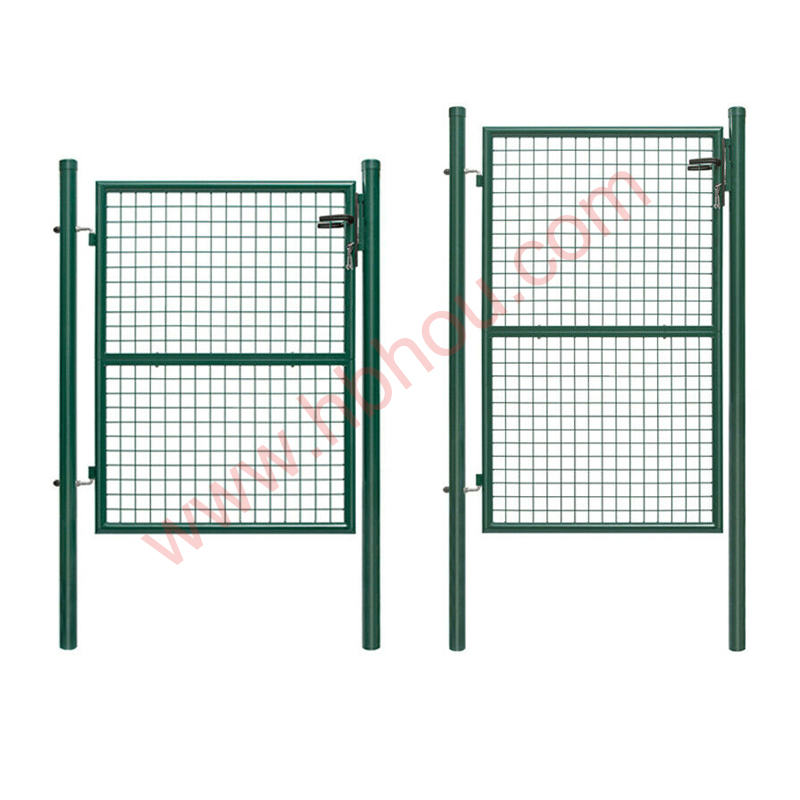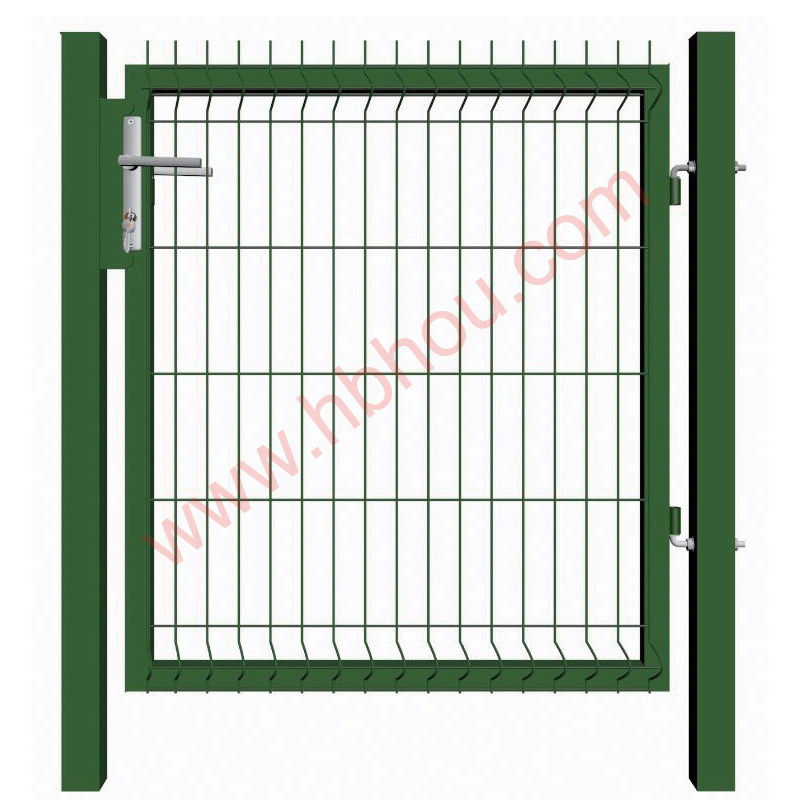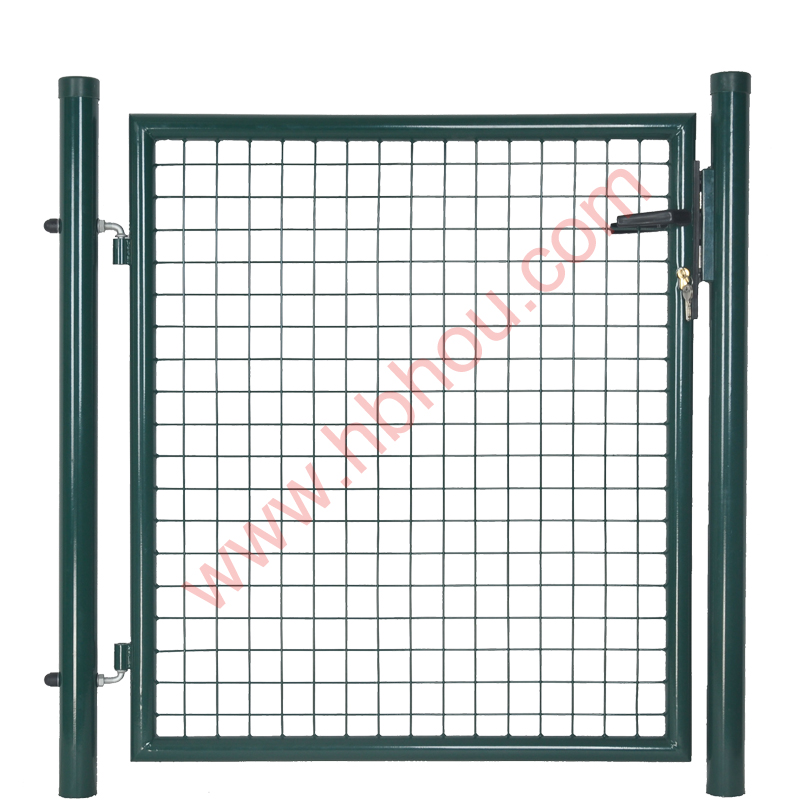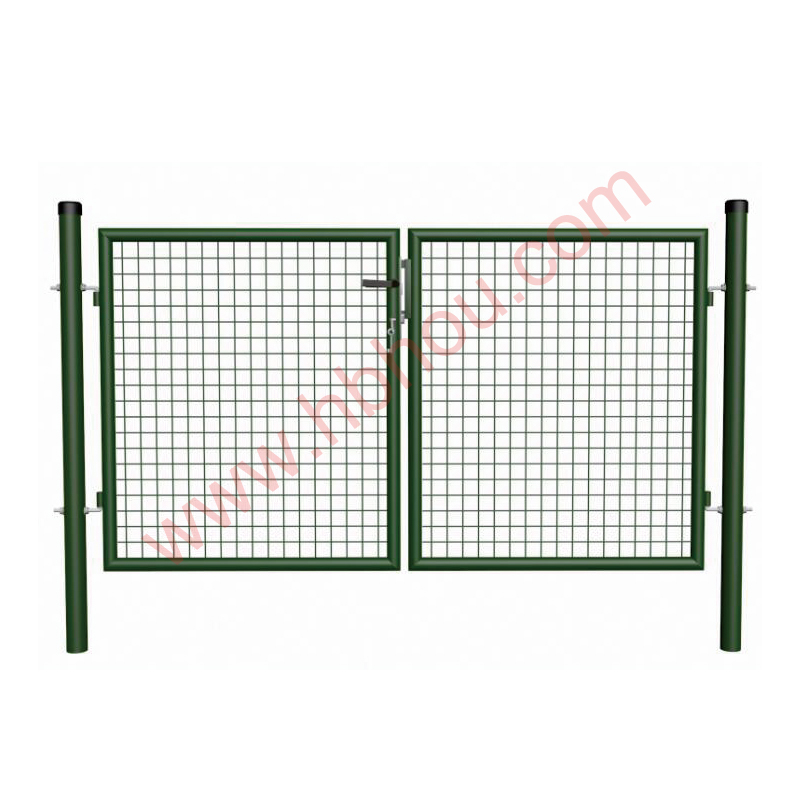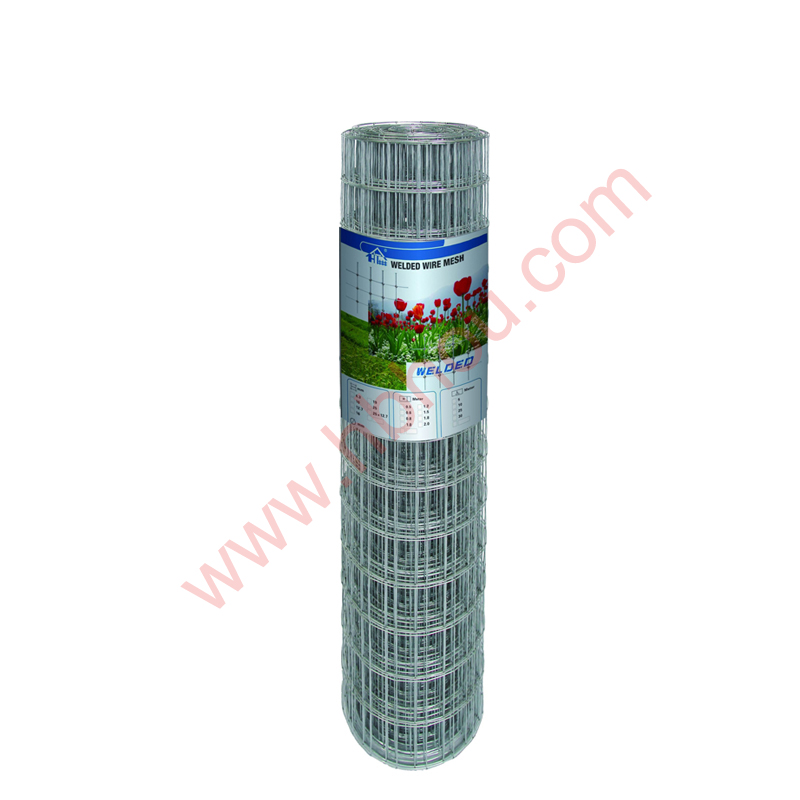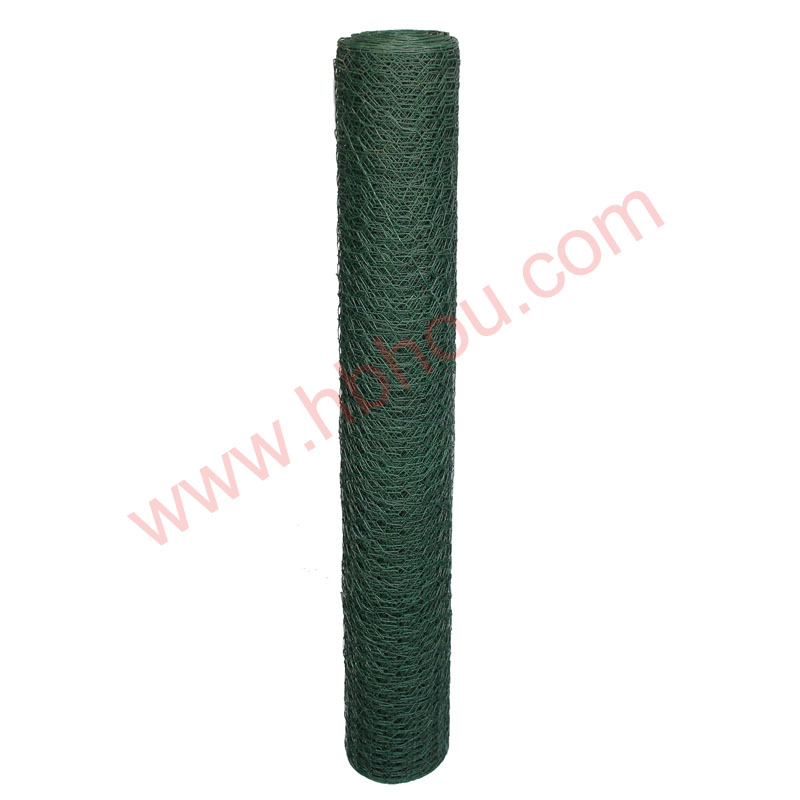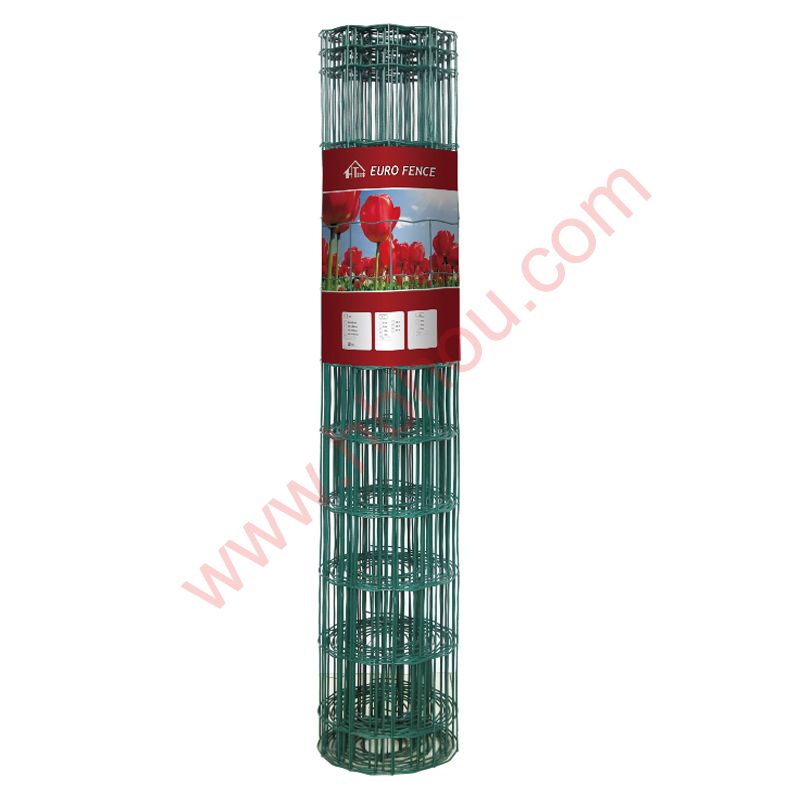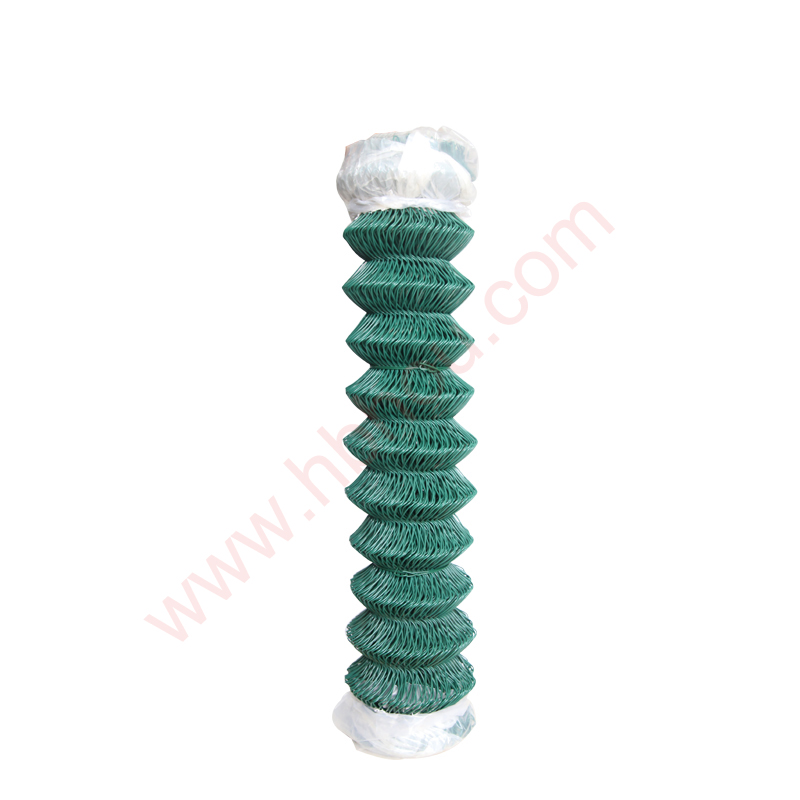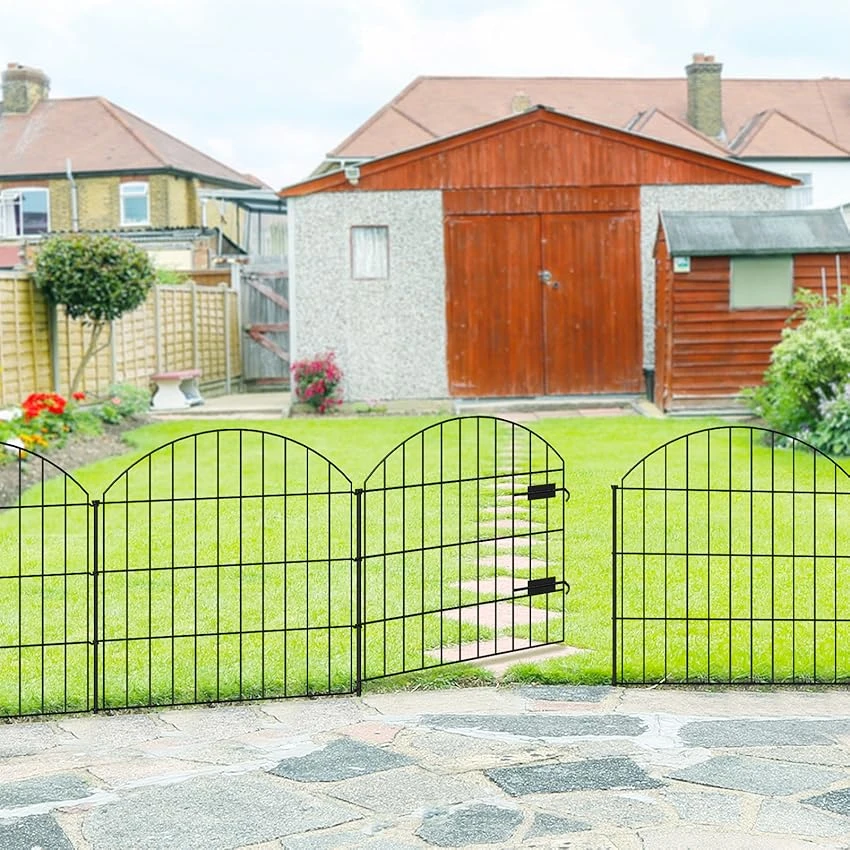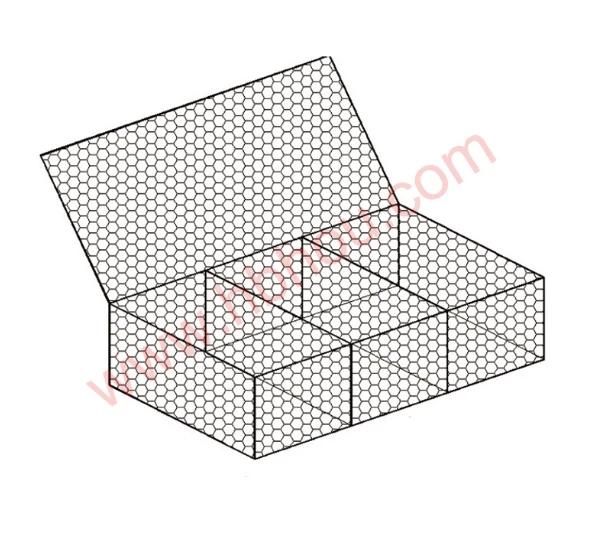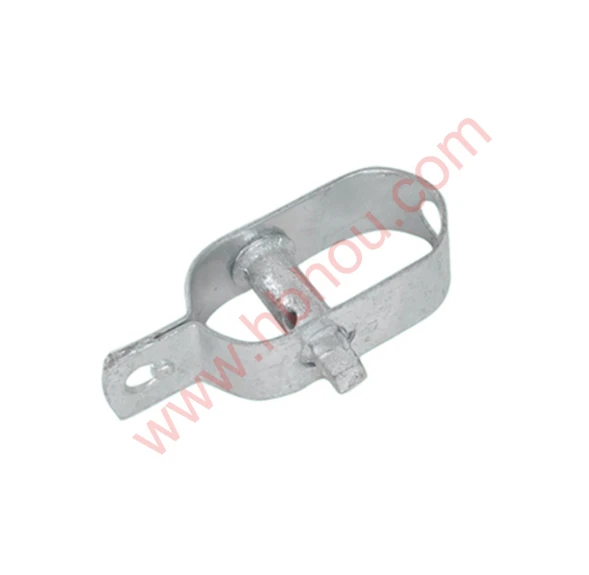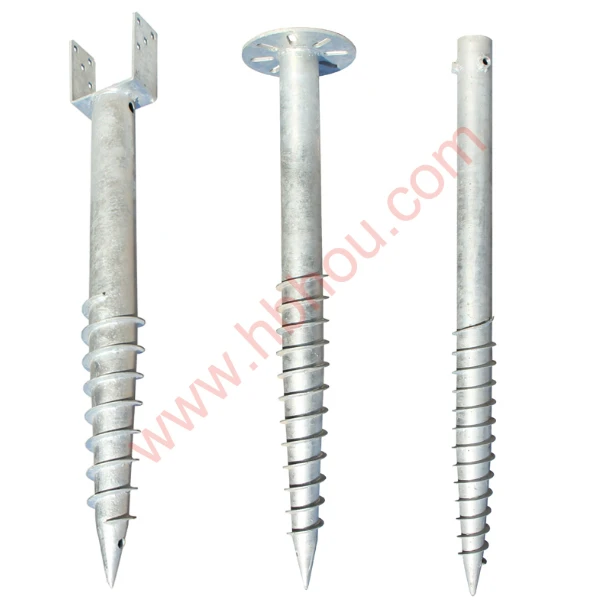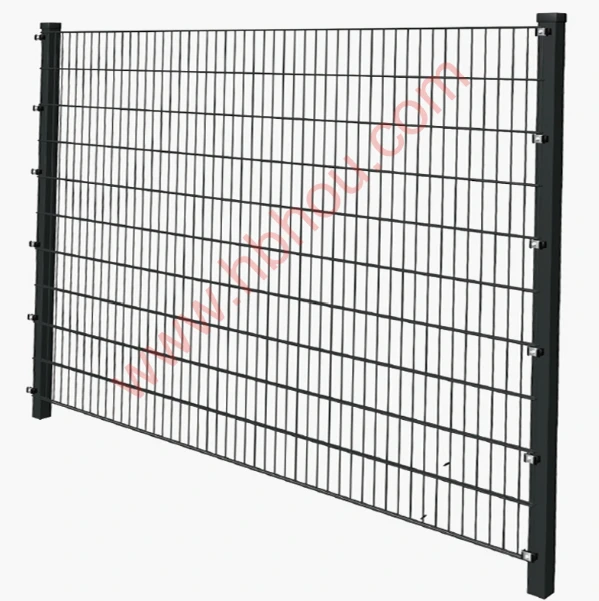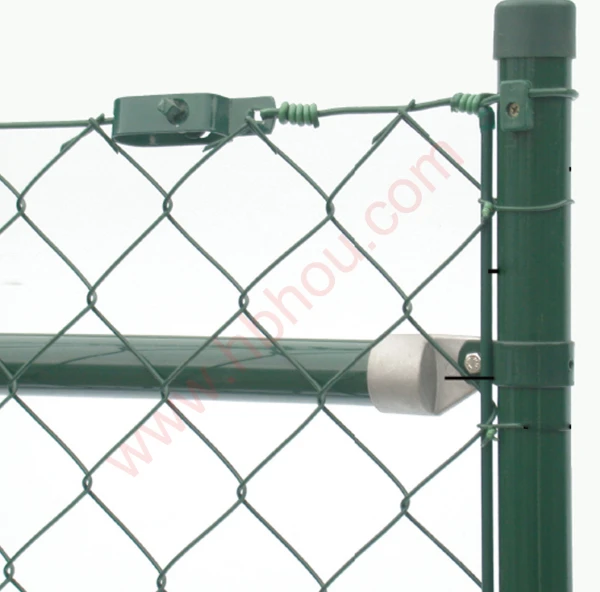Setting Fence Posts in Cold Weather
Setting fence posts is a task that often necessitates careful planning, particularly when cold weather strikes. While it may be more comfortable to wait for warmer days, sometimes the need for a sturdy fence can't be delayed. With the right techniques and precautions, you can successfully install fence posts even in frigid temperatures.
The first consideration when setting fence posts in cold weather is the ground's condition. Frozen soil can be exceptionally hard, making it difficult to dig holes for your posts. Before commencing work, check the weather forecast and choose a day when temperatures are expected to be slightly above freezing. This will make the ground softer and easier to work with. If the ground is particularly frozen, consider using a post-hole digger equipped with a powerful auger. This tool can penetrate hardened soil more effectively.
Planning is crucial in cold weather. Map out your fence line clearly and gather all necessary materials before heading outside. Ensure you have enough concrete mix, as it will be required to set your posts securely. Cold temperatures can affect the curing process of concrete. Use quick-setting concrete, which can help establish a strong bond even in lower temperatures. Look for products that are specifically formulated to work in cold conditions. Reading and following the manufacturer's instructions is essential to ensure the best results.
When preparing to set the posts, wear appropriate clothing to keep warm. Layering is vital; it helps to regulate body temperature as you work. Use gloves that provide a good grip while keeping your hands warm, and don't forget about your feet—insulated, waterproof boots will protect against cold and wet conditions. Working against the cold is no small feat, so keeping your body comfortable is paramount.
setting fence post in cold weather
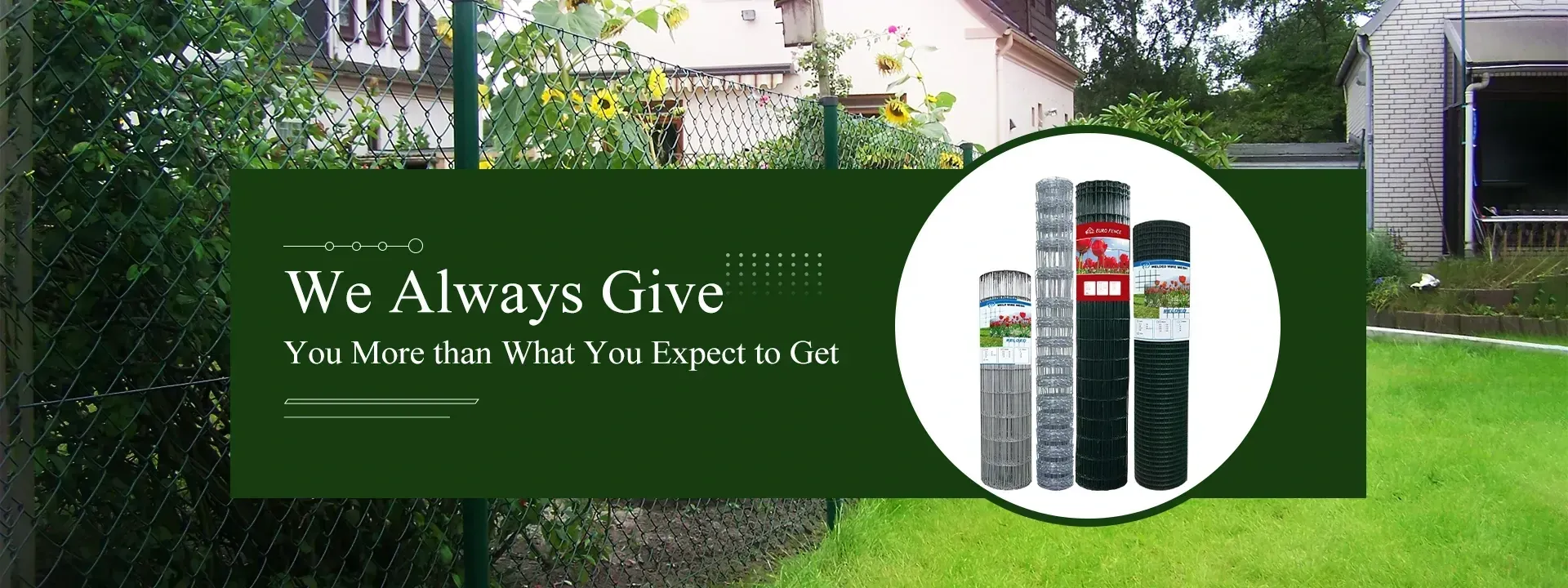
To begin setting your fence posts, dig the holes deep enough to provide stability, generally about one-third of the total post length. Once the holes are prepared, place the posts in the center and ensure they are perfectly vertical using a level. If the ground is still soft enough, you can backfill with soil and tamp it down firmly. For more security, particularly in windy regions, pouring your quick-setting concrete mix around the post is advisable. Be sure to add water as instructed, but avoid pouring too much as it can lead to a weakened structure.
Another important factor to consider in cold weather is moisture. Rain or melting snow can create muddy conditions, causing complications during installation. Try to choose a day when the ground is more solid than wet or muddy. If a thaw follows a heavy freeze, wait until the soil has drained adequately before attempting to dig.
Lastly, patience is essential. Working in cold conditions can be tiring and slow, but rushing through the process can lead to mistakes. Allow the concrete sufficient time to cure properly before applying any stress or tension to the fence. The standard curing time is usually at least 24 hours; however, give it an extra day if the temperature is particularly low.
In conclusion, setting fence posts in cold weather can be challenging, but with the right tools and precautions, it is entirely feasible. Plan ahead, use the right materials, dress warmly, and take your time. Following these guidelines will ensure that your fence is not only secure but also stands the test of time, regardless of the weather conditions.

